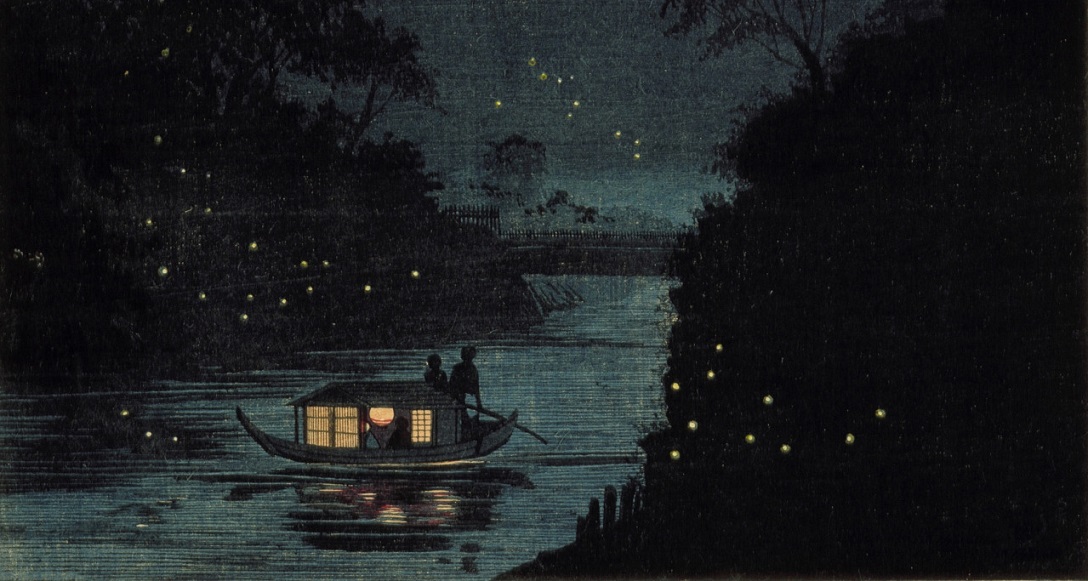.
The Difference Between Haiku and Senryu
.
While most people have heard of the haiku, they have not heard of the senryu. Both are Japanese poems that have a 5-7-5 syllabic structure. However, the similarities end there.
.
Haiku
The haiku takes nature and often a specific season as a key element or primary focus. Specifically, in addition to the three lines with 5 syllables, 7 syllables, and 5 syllables, a good haiku…
⦁ presents an observation of nature, or of human activities in nature
⦁ uses present tense (“goes” or “going,” not “went” or “has gone”)
⦁ has a seasonal word or image, known in Japanese as a “kigo”
⦁ has two parts or two images or two aspects
⦁ offers an intriguing insight that arises from interaction of the two parts
These are explained in detail in Margaret Coats’ insightful and example-rich tutorial “What Makes a Good Haiku?” which can be found here. Winners of the Society of Classical Poets annual international Haiku Competition can be found here.
.
Senryu
Senryu are often confused with haiku and simply called haiku because of the superficial similarity in their syllabic structure and the widespread popularity of the haiku (which is now on par with the European sonnet). However, if you don’t have that key nature or season element in the poem, then it is not a haiku. Additionally, a well-written haiku is generally serious and beautiful.
The senryu has no requirement for a nature reference and instead makes the human nature the key element, which is somewhat unavoidable in writing poetry anyway since anything you write will contain human nature. In actual practice though, this means that the senryu can be cynical, satirical, or humorous. Perhaps a rough analogy to dramatic works of the Western tradition would be that the haiku is tragedy or historical and senryu is comedy or satire. Also, because of the utter variability of human nature and how it may be portrayed, there are not such strict requirements for the senryu as there are for the haiku, as listed above.
Here is an example of a senryu by New York poet Joe Tessitore:
.
The games that we play
Sin to lose and sin to win
Ourselves they betray
.
Now you should be able to decide if what you have written is a haiku or senryu.
Perhaps you are wondering if a poem could be both a haiku and a senryu. I would say yes. It could meet the requirements for both. What I have listed here are just general concepts and specific interpretation will of course vary.
Read more senryu and haiku from the Society of Classical Poets here.
.
Featured Image: “Fireflies at Ochanomizu” by Kobayashi Kiyochika.
.




Leave a Reply